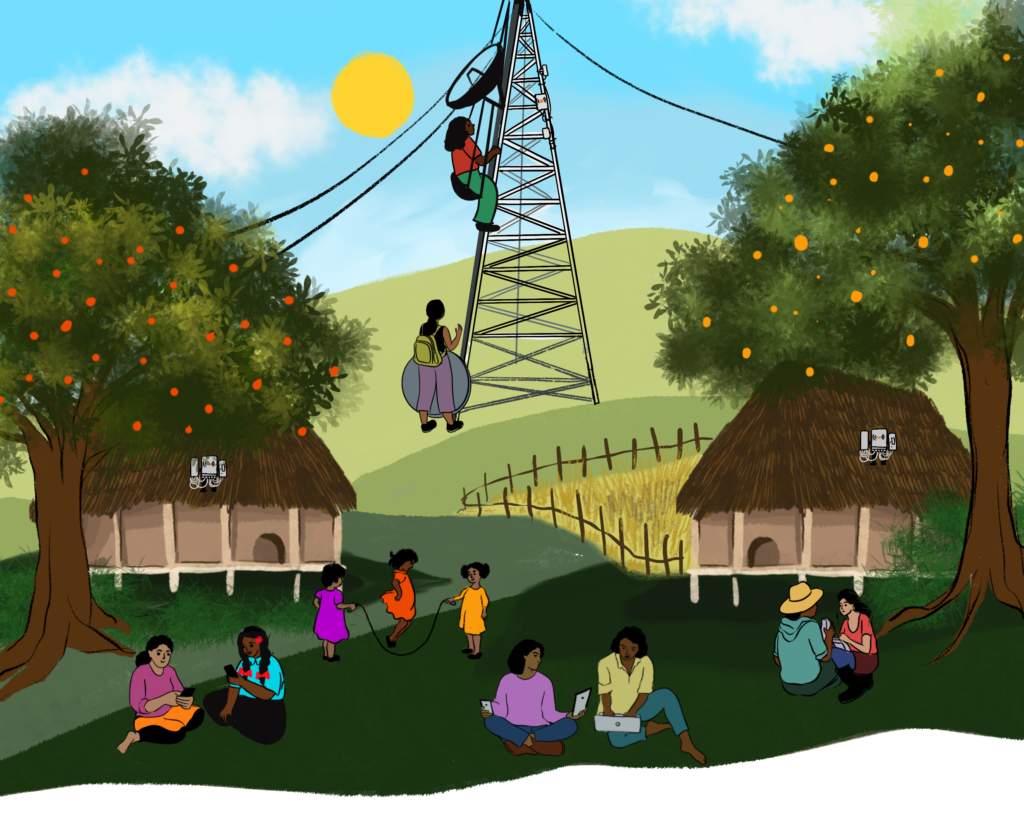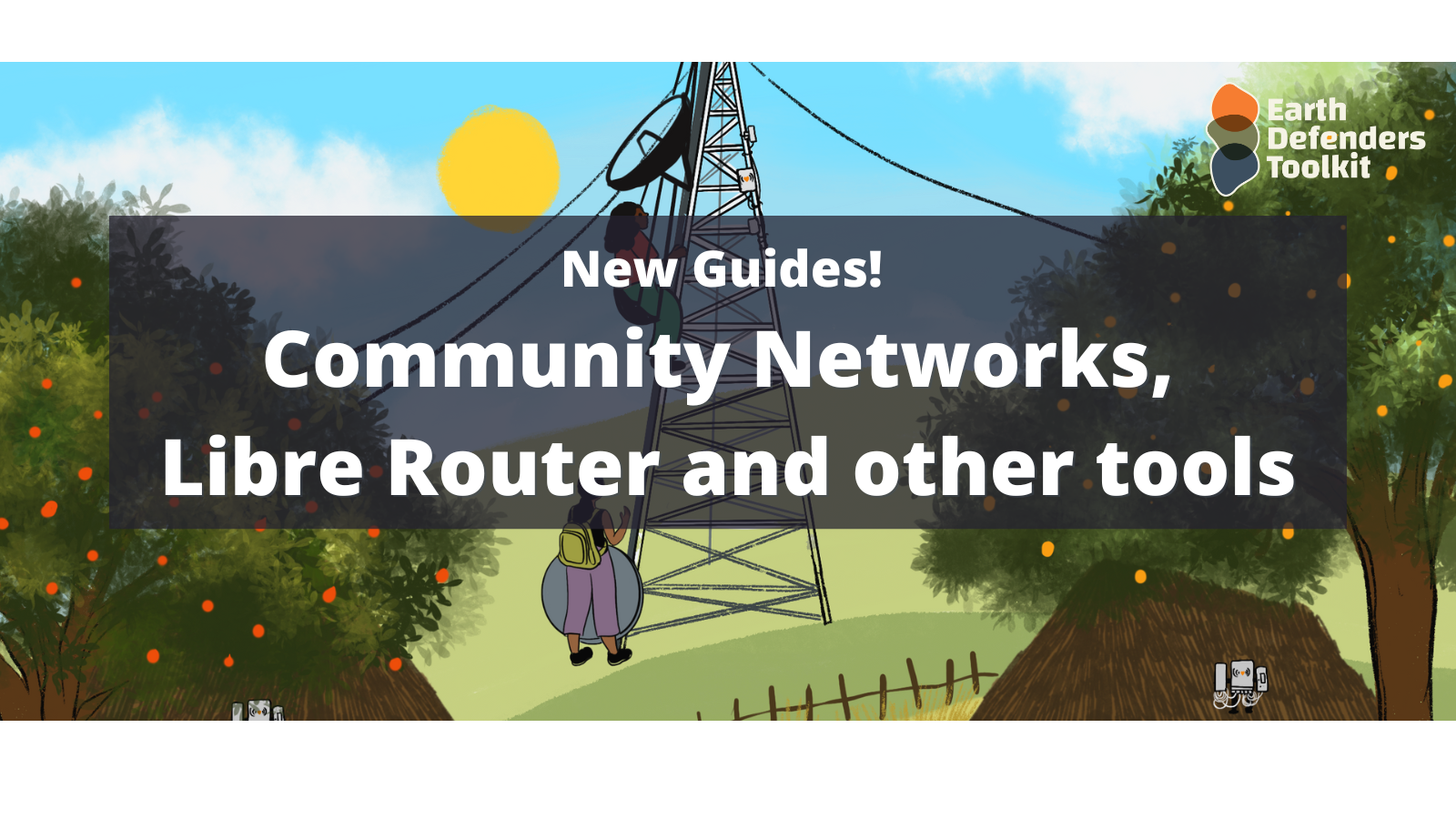
Communities worldwide have proven that access to connectivity can be undertaken as a common good through local organizing. These communications infrastructures are known as Community Networks (CN), and many are in the hands of Indigenous Peoples, who are building strategies to incorporate digital technologies into their long paths of autonomy, self-determination, and protection of their territory.
Community Networks can be as diverse as the territories where they exist and the local processes it takes to design, deploy, and sustain local communications infrastructures. In these cases, making a local connectivity plan is not only about sorting cables and equipment but also about the people who will work in the maintenance of equipment and management of a network. Just as importantly, it takes a collective process to think through the community needs and desires that the network will care for and decide on what shape or model it requires to meet those needs.
In this sense, there is no such thing as a CN recipe to follow, but we can learn many lessons and recommended steps from existing experiences in diverse geographies. For this reason, we created two different but complementary guides to support community members and Earth Defenders interested in starting this journey with their own communities.

The Community Network Guide compiles suggested steps, resources, and questions to support a collective process behind the deployment and maintenance of a CN.

The Creating wireless community networks with LibreRouter, LibreMesh and other tools guide features free hardware and free software tools that have been created specifically to empower communities to manage their own networks.
Why is this relevant to Earth Defenders?
In many cases, CN have become a self-providing solution to the connectivity gap that governments and corporations have failed to provide to rural and remote communities, many of which are Indigenous Peoples territories. In other cases, CN have become an autonomous alternative to existing services. With or without other kinds of access, some CN have grown within the journeys of autonomy and self-determination as a process where communities decide how to engage with digital connectivity within their territories.
For example, some CN distribute an internet connection by configuring equipment to be connected to an internet provider. In these cases, communities decide how the costs will be distributed, where to install antennas and routers depending on where it is most needed and where people can take care of them, or which sites are important to keep free from infrastructure (i.e. sacred sites).
Other communities prefer to use a community network that is not connected to the internet, using the network to communicate locally between devices in the community or host local content on a local server. These networks can support processes where data sovereignty or local communication is a priority. In most cases, a community network uses both local and Internet services, such as Portal Sem Porteiras in Brasil, Wiki Katat in Masehual and Tutunakú territory in Puebla, Mexico, or Jxa´h Wejxia Casil in Nasa territory in Cauca, Colombia.
CN and local decision-making processes are relevant to imagining and creating communication infrastructures that better serve the Earth Defenders protecting their land. We hope these guides accompany the efforts of preserving the world’s biodiversity through the possible ways of thinking about connectivity and uses of digital tools such as those in the Earth Defenders Toolkit, like Mapeo, Terrastories and Āhau.
These two guides can be used as a starting point or adapted for different contexts. We invite you to read, use, and share these guides!

